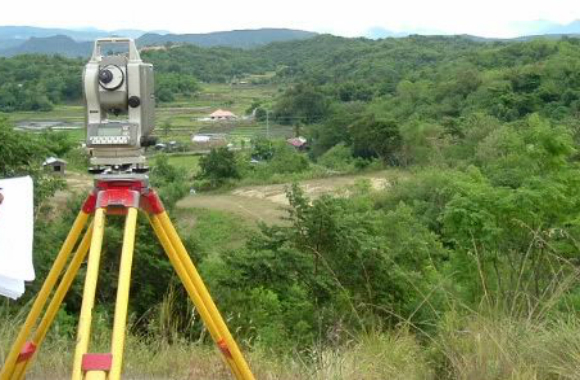Welcome to Indigenous Futures in Engineering, Queen's University
Search
Land claims, the future and measurement

Fort William First Nation (Ontario)
The Ojibwa of Fort William First Nation live at the head of Lake Superior, near Thunder Bay, Ontario. They know first hand the importance of accuracy when dealing with measurement. Units, such as the league or the mile were foreign to the Ojibwa before contact with Europeans was established. The Ojibwa had their own terms for measuring distances based on the time it took to get from one place to another. This was a unique way to measure things which took into account whether travel was by water or land, the difficulty of the terrain and the weather.
The first Europeans the Ojibwa came into contact with were the French. It was the French who introduced them to measurement using 'leagues'. (A league is about 3 miles or just under 5 kilometers.) The Ojibwa did not completely understand the term and, in fact, the Ojibwa word for 'league' originally meant 'a measure used by the French'. In time, it came to mean just 'measure'. The word for 'measure' was not limited to distances however. It could also be used to describe weight or volume.
This imprecise use of the terms caused confusion when the Ojibwa negotiated with the British for reserve land. By this point in time, the Ojibwa unit was the league, which they had learned from the French. The British, however, used the mile as their unit of measurement for distance. It was a misunderstanding of which units were being used to measure the land that created a problem which is still unresolved today. Under current land claims, the Ojibwa of Fort William First Nation are arguing that the British used the mile where they should have used the league, and that the reserve is actually 3 times smaller than it should be.
The information in this article was found in the Report on the Leagues and Miles Claim of the Fort William First Nation. Photo via ManageMyProperty
